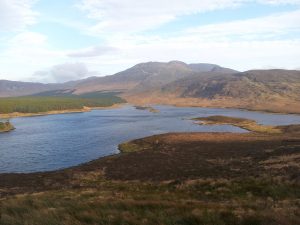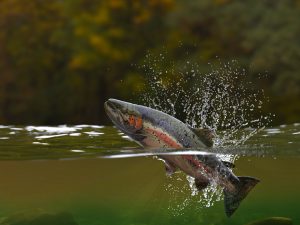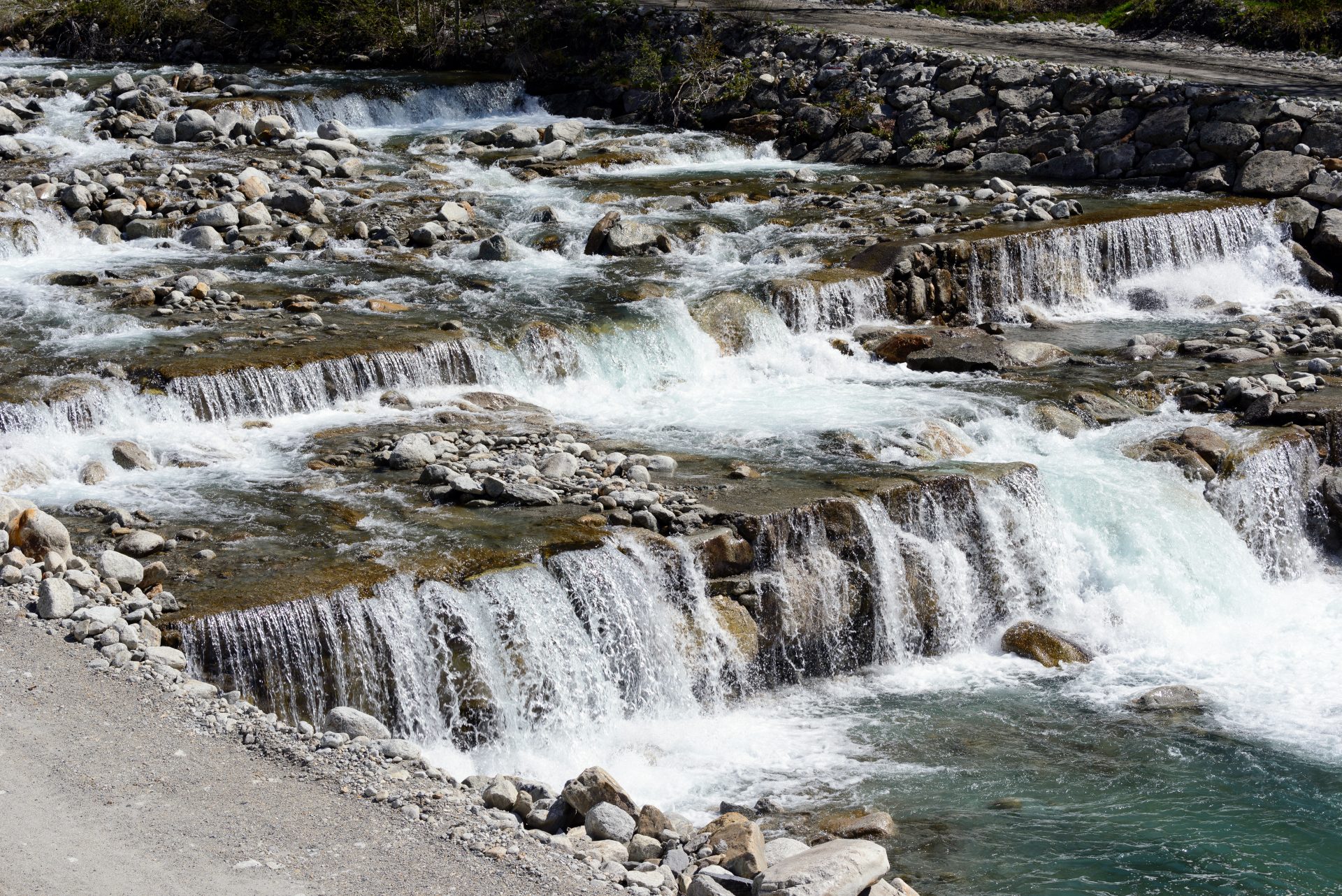This Act was signed into law by President Higgins on the 20th of December 2022 and will have significant implications for the regularisation of water abstractions in Ireland.
Previous water abstraction legislation in Ireland was deemed by the European Commission to be non-compliant with the Water Framework Directive. The European Commission found that Ireland lacked a comprehensive and modern abstraction-management and control regime, and subsequently brought an infringement action against Ireland to fully transpose the Directive in respect of water abstractions.

Previous water abstraction legislation in Ireland, the Water Supplies Act 1942, only applied to public water supplies. Its focus was very much on procedures for compensating riparian owners affected by water abstractions, and other issues such as providing compensation flows downstream of the abstraction. It did not fully consider the environmental implications of such abstractions, and this deficiency became more evident following the advent of the Water Framework Directive in 2000, which requires all Member States to protect and improve water quality in all waters so that good ecological status is achieved by 2015 or, at the latest, by 2027.
In response to the infringement action, Ireland, as an interim measure, introduced the European Union (Water Policy) (Abstraction Registration) Regulations 2018, which required all abstractions of 25m³ per day or more to be entered on a register of abstractions maintained by the EPA.
Following further work on the issue by the Oireachtas between 2018 and 2022, the Water Environment (Abstractions and Associated Impoundments) Act 2022 was enacted in December 2022.
The new Act sets out a system of controls on the abstraction and impoundment of water, to protect the environment and to ensure full compliance with Ireland’s responsibilities under the Water Framework Directive.

The Act provides for a modern registration, licensing and control regime for water abstractions. It includes a graduated and proportionate registration and licensing system for the abstraction of water, including:
• a simple registration system for abstractions above a threshold of 25 m³ per day, and
• a licence requirement for abstractions above a threshold of 2,000 m³ per day and in certain other circumstances (depending on the significance of the abstraction, discussed below).
A significant abstraction is defined in Section 18(1) of the Act as:
an abstraction that the Agency determines, following an assessment under subsection (3), on its own or together with other abstractions:
(a) alters, or is likely to alter, the hydrological regime of a body of surface water or a body of groundwater such that the water body fails or is likely to fail to meet its environmental objectives,
(b) alters or modifies, or is likely to alter or modify, the flow condition, continuity or morphological condition of a body of surface water as a result of the existence or operation of an associated impoundment, such that the water body fails or is likely to fail to meet its environmental objectives, or
(c) causes or is likely to cause a protected area to fail to achieve its environmental objectives.
In terms of this definition of a significant abstraction, the EPA is required to assess each proposed abstraction above the registration threshold and below the licensing threshold, to determine if it constitutes a significant abstraction. Where the EPA determines an abstraction to be significant, a licence will be required. Each assessment of significance is to be reviewed not less than once every six years.
TOBIN Consulting Engineers have a long history of planning and developing public water supply abstractions under the Water Supplies Act 1942 and look forward to assisting our clients with achieving compliance with this new water abstraction legislation.



